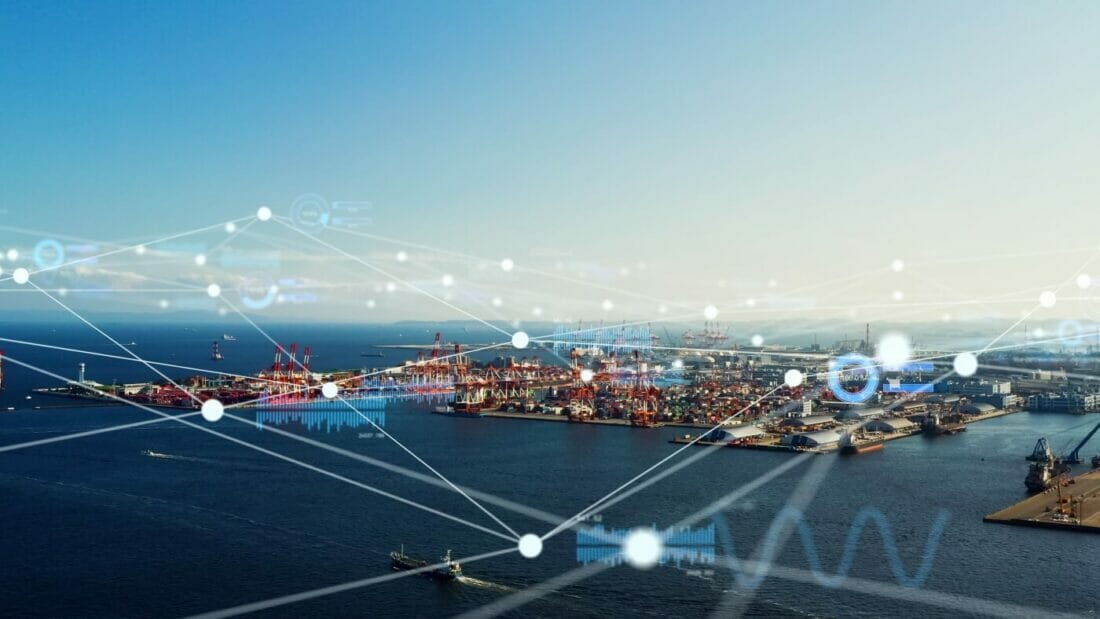Integrated logistics: what is it and how does it work?
Over the years, here at C. T. I. International Forwarder our specialization in the integrated logistics sector has increased as we consistently adapt our approach to ensure that all our customers’ needs are satisfied. But what exactly does this type of logistics entail? This concept is becoming increasingly widespread in the goods transportation sector. Let’s take a closer look at the definition of integrated logistics, how it works, and the advantages it can bring to companies.
What is integrated logistics?
Integrated logistics is an innovative process for planning, implementing and controlling all activities that constitute the transportation and flow of raw materials and semi-finished and finished products from their place of origin to the end customer. These processes include:
- Order management
- Stocking
- Warehouse management
- Shipments
- Goods tracking
- Returns management
In order to provide a complete overview of integrated logistics, it’s necessary to take a step back in time. Up until the 1960s, traditional logistics, that is, all activities required to move a product from the supplier to the consumer, were carried out with a fragmented approach where divisions remained divided and were managed independently. In later years, this approach was replaced by an integrated system based on the strategic co-ordination of all management activities in order to make it more efficient, reduce time and costs, and better satisfy customer needs.
Integrated logistics: how it works
So how does integrated logistics work? First, integrated and flexible logistics require a high degree of digital maturity for all operations, those related to storage and dispatch, as well as the real-time tracking of goods.
To make this complicated system easier to understand, it can be divided into two streams:
– Physical flow, the operational aspect of logistics including procurement, production support, distribution, and eventual recovery;
– Information flow, related to on demand information, logistical planning phases, production schedules, and supply chains.
It is essential to optimize these flows to reach efficiency, profitability, and quality of service objectives, to satisfy new customer needs, and to be competitive in today’s market.
The benefits of integrated logistics
The integrated logistics system, thanks to the synergy that characterizes all phases of the process, creates a series of benefits for both companies and customers:
- Maximizing time and saving money
- Better use of human resources
- Management optimization, given the presence of a single unit to whom the entire process is entrusted
- Greater customization
- Increased competitiveness in the global market
Nowadays, in our fast-paced world, the concept of integrated logistics continues to adapt, changing and adjusting to the evolution of supply chain management, which is being characterized by the improvement of management flows and the collaboration amongst external players. In this context, integrated logistics takes on a new approach in which the company becomes part of a network of players who all work together to provide products and services that create added value for the end customer. And that’s how we work at C.T.I. International Forwarder, guaranteeing that those who rely on us receive a specialized, attentive, and tailor-made service.


